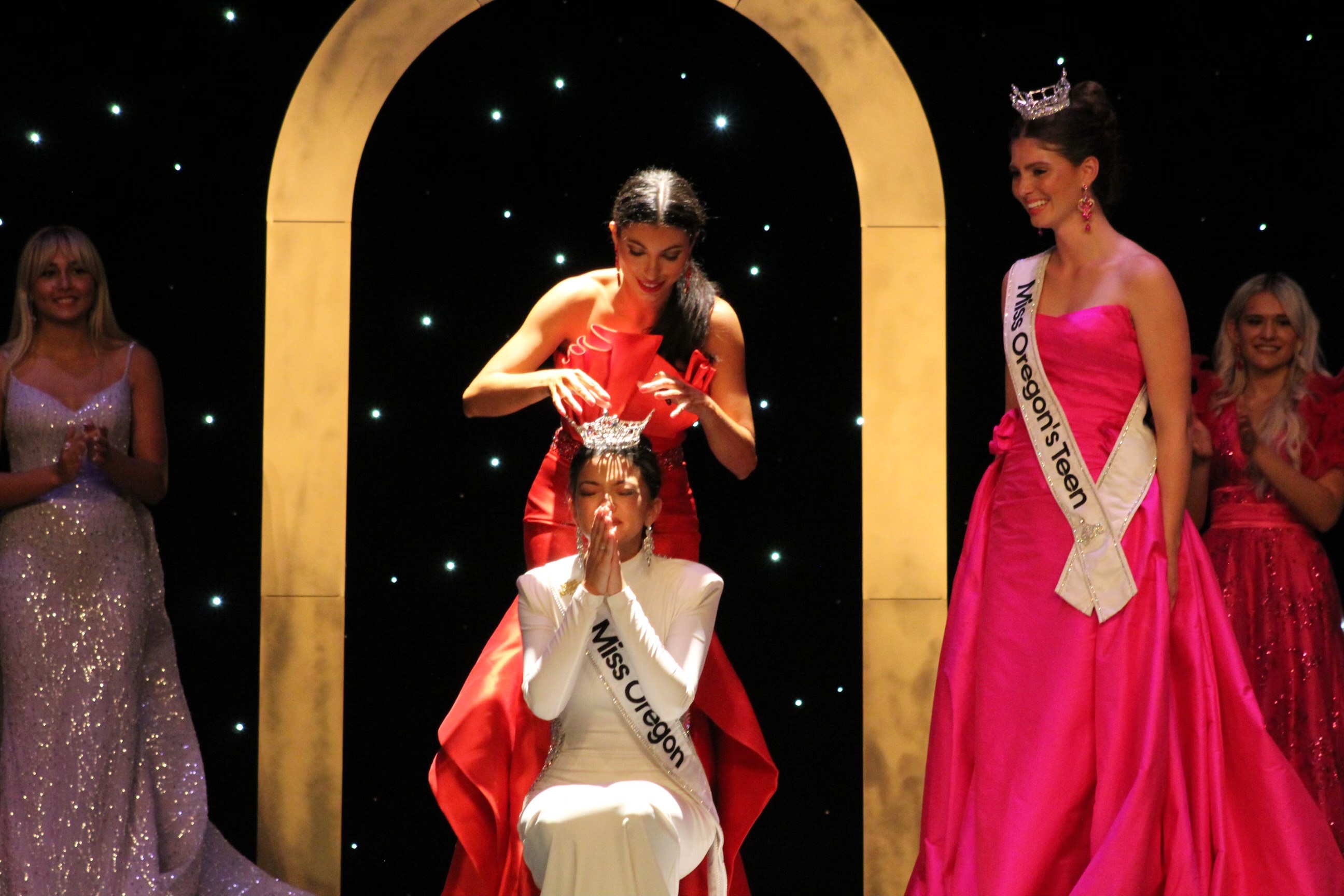Forget barefoot; many runners seek cushioning
Published 12:00 am Friday, February 20, 2015

- Hoka One Ones Stinson Lite model shoe
Athletes who spent the past few years embracing or scorning barefoot running can now consider whether increasingly popular “maximalist” shoes — with their chunky, heavily cushioned soles — are the sport’s new wonder product.
Some dismiss the shoes as gimmicky, or just silly-looking. Others, including injury-prone joggers and Olympians, are apostolic converts.
Leo Manzano, an Olympic medalist in the 1,500 meters, runs in the most popular maximalist shoe brand, Hoka One One, which has double the cushioning of standard running shoes. Plagued by plantar fasciitis, an inflammation in his foot, Manzano said the condition disappeared just a week after he tried the shoes last March. In July, he became the fifth-fastest American in the 1,500.
Manzano is now sponsored by Hoka, which has been accruing a roster of competitive distance runners.
“They’re not your normal shoe, but I actually think they’re better than normal,” Manzano, 30, said. “When I first saw them, because they’re so big, I thought they’d be heavy. But they’re incredibly light. My legs felt really fresh after a long run in them. It’s like running on a cloud.”
Hoka One One’s initial customers were ultrarunners, who felt the extra cushioning helped protect their legs from the shock of running races of up to 200 miles. But the brand is gaining a following with more recreational athletes. Last year it sold more than 550,000 pairs, which cost $130 to $170 each, and its $48 million in sales were up 350 percent from 2013.
Founded in 2009 by French athletes and based in the San Francisco Bay Area, the company was acquired in 2012 by Deckers Brands, which also owns UGG Australia and Teva.
Solutions for injury prevention, on the extremes of the athletic footwear spectrum, have reached panacealike proportions in recent years.
The rise of maximalism counters the fall of minimalism, particularly the barefoot running movement. Boosted by terms like “proprioception” (feel for the road) and the best-selling book “Born to Run,” which argued that the human body was naturally built for running without corrective footwear, U.S. sales of minimalist shoes peaked at $400 million in 2012.
They have been declining since. The most visible minimalist shoe was the Vibram FiveFinger, which looked like gloves for your feet. But in May, Vibram agreed to settle a lawsuit that alleged the company made false claims about the health benefits of its footwear.
Despite the heavy supply of potential solutions, demand for injury prevention remains high.
“People are frustrated, and we’re told so often there’s a magic shoe that will stop our injuries,” said Jay Dicharry, a biomechanist in Bend and author of “Anatomy for Runners.” “But that’s just not true.”
Rich Mendelowitz, a longtime runner from Arlington, Virginia, started wearing Hokas while training to qualify for the Boston Marathon last year at age 55.
“I’ve had more comments on these shoes than I’ve had hot meals since wearing them,” he said. “But as a relatively older runner, staying injury-free is particularly important to me. I’m convinced that these are the shoes that will extend your running life.”
Mindful of the Vibram lawsuit, Hoka has been careful not to make any evidence-based health claims, and few studies exist on the effectiveness of extreme cushioning. One prominent University of Colorado study in 2012 found that the benefits of cushioning underfoot were finite: 10 millimeters of cushioning on a treadmill saved energy, while 20 millimeters of cushioning did not.
Lauren Fleshman, a Bend resident and a national champion in the 5,000 meters, likened the maximalist upswing to past footwear phenomena, now rejected as passé.
“To me, maximalist shoes fall right in the line of every other shoe trend,” she said. “There’s some good reasoning, but we don’t know enough about how it affects the body longer term, and we won’t know until everyone has been using it awhile and all the other research comes out about how it destroys your body or whatever, and then there’s a lawsuit, and then there’s a campaign about how to use the technology properly, and then in the midst of all this confusion the next trend takes off. There is no shoe savior coming for us.”
Dicharry, the biomechanist, suggested that extreme shoes like the Hokas might be best used in moderation.
“Some people have a road bike, a commuter bike and a mountain bike, and they all have their purpose,” Dicharry said. “Maximalism is the new fat-tire bike of running shoes.”
Despite his devotion to Hokas, Manzano said he still ran short distances barefoot to keep his feet strong.
Jonathan Beverly, the shoe editor for Runners World, said maximalist shoes like the Hoka incorporated many of the qualities that made minimalism popular, while also mitigating the effect of running on hard surfaces.
“The benefit of the big sole is actually similar to what the minimal movement did; with both types of shoes you have to keep your body and your center of gravity above your feet,” Beverly said. “So you’re running with the same posture as you would if you were barefoot, but with all this cushioning.”







